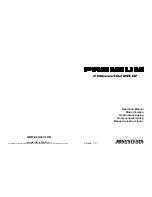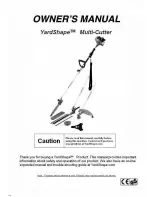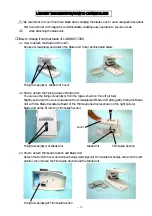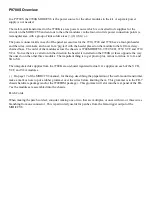
16
SKF TKGT 1
Once a certain consistency has been chosen for a certain application, it should
not change drastically during the advised relubrication interval or storage time.
This is related to grease mechanical stability. These are some possible causes for a
consistency change:
Softening (Lower NLGI value) of the grease can be caused by:
•
Grease with too soft consistency or poor mechanical stability used in vibrating
application.
•
Bearing housing illed too much for the speed used. This creates churning and
excessive grease shearing.
•
Excessive temperature for the grease used.
•
Rotating outer ring application illed too much and/or unsuitable housing design.
•
Water in grease.
•
Leakage of oil from neighbouring systems.
•
Mixing of incompatible greases.
•
Shelf life exceeded.
Hardening (Higher NLGI value) of the grease can be caused by:
•
Grease has lost base oil due to exceeded relubrication interval (see oil bleeding test),
or because of evaporation due to continuous use at high temperature/poor grease
quality if changes happen fast.
•
Certain grease can harden after extensive mechanical working.
•
Mixing of incompatible greases.
•
A large amount of solid contaminants (carbonized particles for instance).
•
Shelf life exceeded.
3.4.1 Principle of operation
Under ield conditions, it is virtually impossible to determine consistency using the
ISO 2137 method.
Instead, the grease test kit allows a suitable method to perform this test in the ield.
A ixed grease volume is spread between two glass plates for 15 seconds by means of the
weight. By comparing the grease stain obtained with the calibrated measuring scale, the
consistency of the grease can be evaluated.
Diameter
Weight
Grease sample
Glass plates
15 seconds
Содержание TKGT 1
Страница 1: ...SKF GreaseTest Kit TKGT 1 Instructions for use...
Страница 40: ......
Страница 41: ......
Страница 43: ......
















































